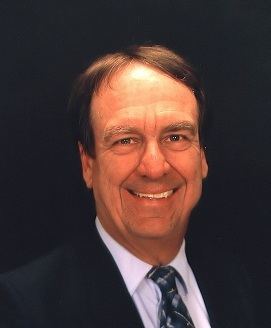Name James Enstrom | ||
 | ||
Thesis Measurement of the two photon decay of the symbol for the neutral K meson (1970) Institution University of California, Los Angeles | ||
James enstrom iccc10 panel 8 human health and welfare
James Eugene Enstrom (born c. 1943) is an American epidemiologist who has worked at the University of California, Los Angeles since 1976, where he is currently a retired researcher.
Contents
- James enstrom iccc10 panel 8 human health and welfare
- 2 26 10 carb pm2 5 symposium james enstrom michael jerrett
- Education
- Research
- BMJ study and controversy
- Termination
- References
2 26 10 carb pm2 5 symposium james enstrom michael jerrett
Education
Enstrom received his B.S. from Harvey Mudd College in 1965 in physics, and his M.S. and Ph.D., also in physics, from Stanford University in 1967 and 1970, respectively. He became interested in epidemiology when conducting postdoctoral research at Lawrence Berkeley National Laboratory, when he noticed a map which showed that Utah had the lowest cancer incidence rate of any state in the United States. In 1976, he received his MPH from the University of California, Los Angeles in epidemiology.
Research
In 1975, Enstrom published a study which found that Mormons in California had lower cancer rates than did other Californians. This study, like several subsequent studies by Enstrom, was funded by the American Cancer Society (ACS), but in 1992, the society decided to stop funding his research, leading him to reluctantly turn to the tobacco industry for funding. In 2008, he published a study, along with Lester Breslow, which found that Mormons had longer life expectancies than non-Mormons.
BMJ study and controversy
In 1996, Enstrom requested that the tobacco industry provide him with funds to conduct research into the health effects of passive smoking. From 1997 to 1998, he received three tobacco industry grants, the combined value of which was $700,000; most of this money was dedicated to his study on passive smoking. This study, published in BMJ in 2003, concluded that "The association between exposure to environmental tobacco smoke and coronary heart disease and lung cancer may be considerably weaker than generally believed." This study used data from one of the American Cancer Society's databases, which Enstrom had requested and received from the society. Michael Thun of the American Cancer Society criticized Enstrom for not informing the ACS that he had requested or received funding from the tobacco industry. In September 2006, the ACS sent the University of California, Los Angeles a letter charging Enstrom with misrepresenting scientific evidence to deny that passive smoking was harmful.
In 2006, prosecutors in a federal racketeering case filed documents which stated that Enstrom had received $94,500 from the tobacco industry between 1992 and 1997. The following year, the judge in this case, Gladys Kessler, ruled that major tobacco companies were guilty of racketeering and misleading the public regarding the dangers of second-hand smoke, citing the paper co-authored by Enstrom in the BMJ as evidence of this.
Termination
In 2010, the University of California, Los Angeles School of Public Health announced that it would not be rehiring Enstrom because it felt his research was "not aligned with the academic mission" of their department. In 2012, Enstrom filed a lawsuit in federal court against UCLA in response to them terminating his position there. In the suit, Enstrom said that UCLA administrators "discriminated against Dr. Enstrom based on his ideological and political affiliations and sought to purge an academic dissenter from their ranks." In 2015, the case was settled, with UCLA allowing Enstrom to use the title "retired researcher" and continue to access university resources.
